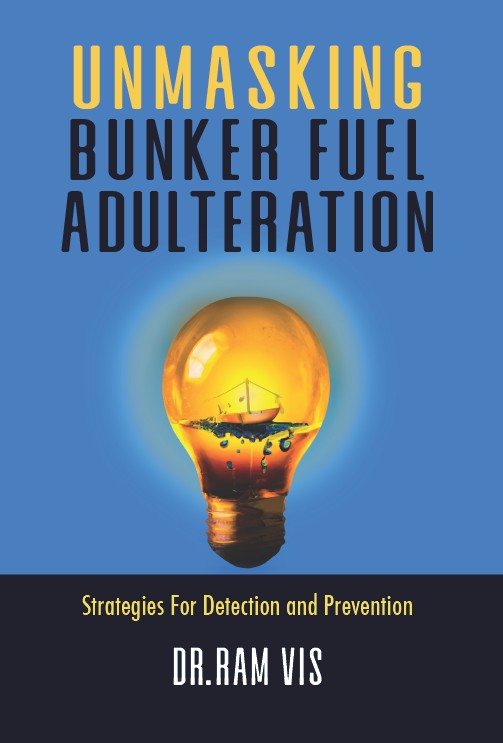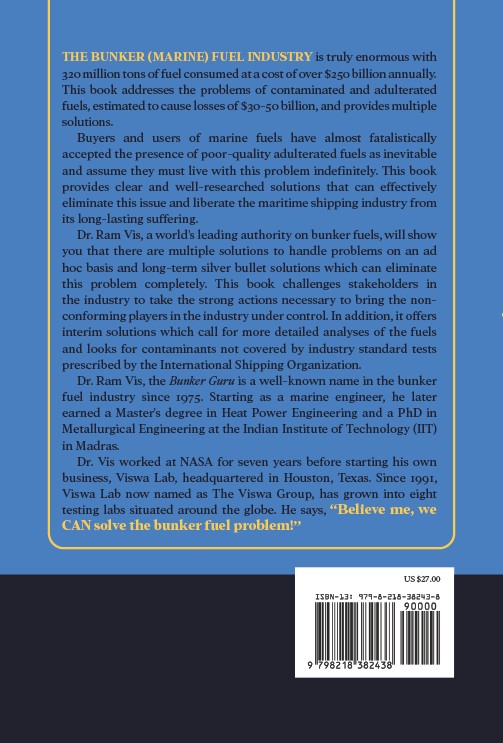The European Union’s FuelEU Maritime regulation, effective January 1, 2025, aims to significantly decrease the greenhouse gas (GHG) intensity of the shipping sector within European waters, reports Europort.
Transitioning To Clean Energy
While strategies like voyage optimization and energy-saving devices can assist ship owners in meeting FuelEU Maritime’s immediate emission reduction targets, achieving long-term goals will necessitate transitioning to clean energy sources. Consequently, the number of alternative-fuelled ships on order increased by over 50% in 2024, and the existing alternative-fuelled fleet expanded by nearly 20% within the same timeframe.
Regulatory Landscape
The regulatory landscape for alternative fuels in shipping is evolving. The IMO’s MSC 109 meeting in December 2024 resulted in:
- Amendments to the IGC Code to allow for the use of ammonia cargo.
- Approval of draft interim guidelines for ammonia as a fuel.
- Plans for a gap analysis concerning fourth-generation nuclear power.
Additionally, BIMCO introduced its FuelEU Maritime Clause for Time Charter Parties 2024 to assist stakeholders in aligning their contractual agreements.
Using Shore Power
Shore power is vital for achieving FuelEU Maritime’s short-to-medium-term objectives. Starting in 2030, passenger and container ships over 5,000GT docked at EU Trans-European Transit Network ports for more than two hours must connect to the onshore power supply (OPS) if they lack zero-emission technology. By 2035, this rule will extend to all EU ports with available shore connections.
FuelEU Maritime’s focus on shore power is expected to significantly decrease GHG emissions in port areas and contribute to broader emission reduction goals. The EU is leading in OPS provision; while only 3% of global ports offer shore connections, over half of European ports have these facilities at one or more berths.
Did you subscribe to our daily Newsletter?
It’s Free Click here to Subscribe!
Source: Europort

















